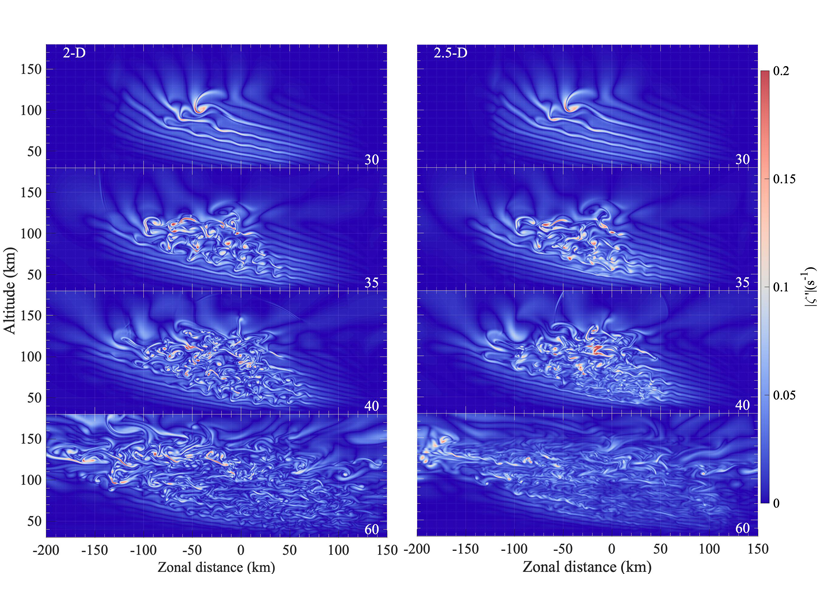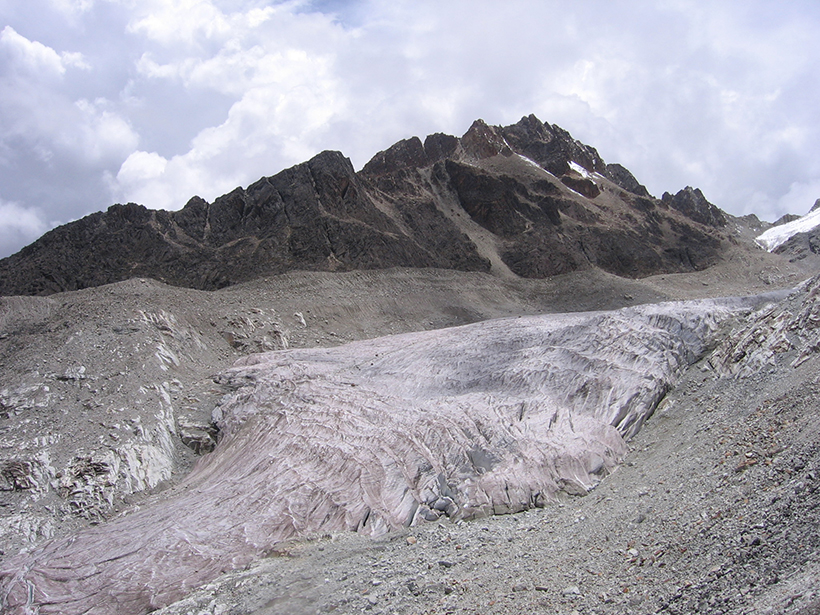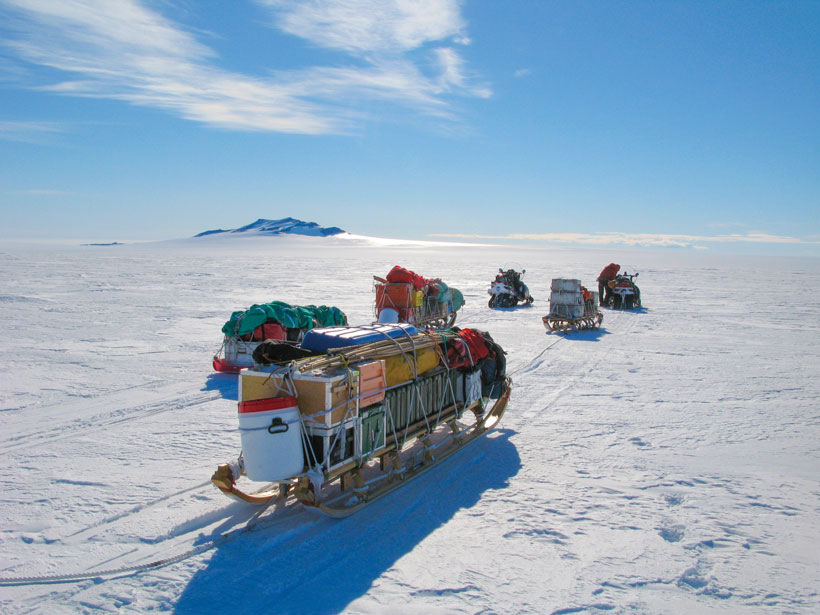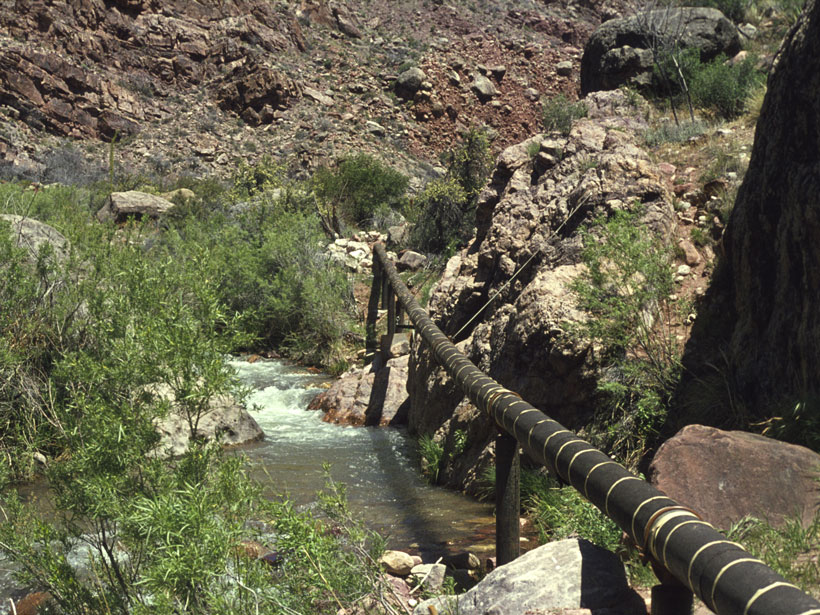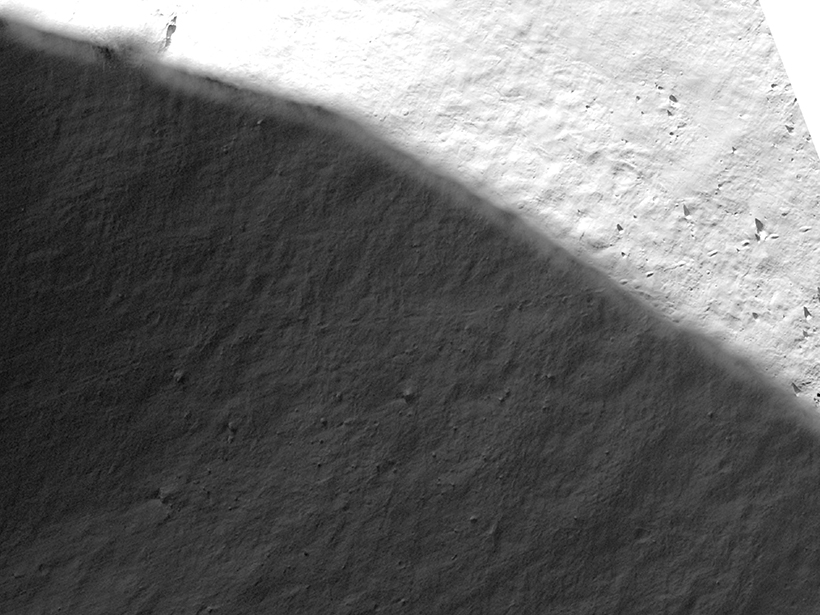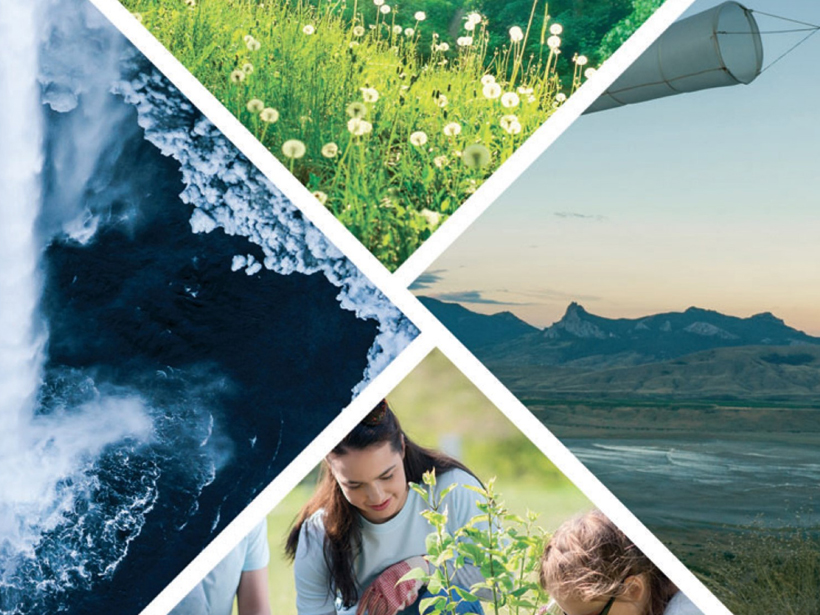Gravity waves play a key role in driving upper atmosphere circulations but are poorly understood. New high-resolution simulations are resolving complex wave behaviors with unprecedented detail.
CC BY-NC-ND 2020
New Editor in Chief of Paleoceanography and Paleoclimatology
Find out about the person taking the helm of Paleoceanography and Paleoclimatology and his vision for the coming years.
Between Past and Future
The outgoing Editor in Chief of Paleoceanography and Paleoclimatology reflects on her tenure and changes in the journal over those years.
Los Incendios del Amazonas Contribuyen al Derretimiento de los Glaciares Andinos
Investigaciones recientes revelan que las emisiones de carbono negro producidas por los incendios en el Amazonas causan que los glaciares en los Andes absorban más radiación solar y se derritan más.
Searching for Mount Meager’s Geothermal Heart
A field expedition into the British Columbia wilderness involving helicopter drops, mountain and landslide traverses, and treacherous ice caves aimed to facilitate geothermal exploration in Canada.
The Threat at Thwaites
This Antarctic glacier is rapidly losing mass. An international team is digging into the ice to figure out just how bad it is.
Tracking the Grand Canyon’s Mysterious Springs
Improved modeling will help protect a crucial drinking water source for both rims of Grand Canyon National Park.
Representing Estuaries and Braided Rivers as Channel Networks
The human eye is quite good at identifying channel networks among the rich patterns exhibited by estuaries and braided rivers, but computers have a harder time doing so. Could they do better?
Shedding Light on the Darkest Regions of the Moon
An international team of researchers is analyzing boulder tracks to learn more about some of the most elusive regions on the Moon.
All Together Now: Reflecting on Earth’s Future’s Formative Years
The outgoing Editor in Chief of Earth’s Future reflects on the first 6 years of the open-access journal and the factors that have contributed to its growth and success.

